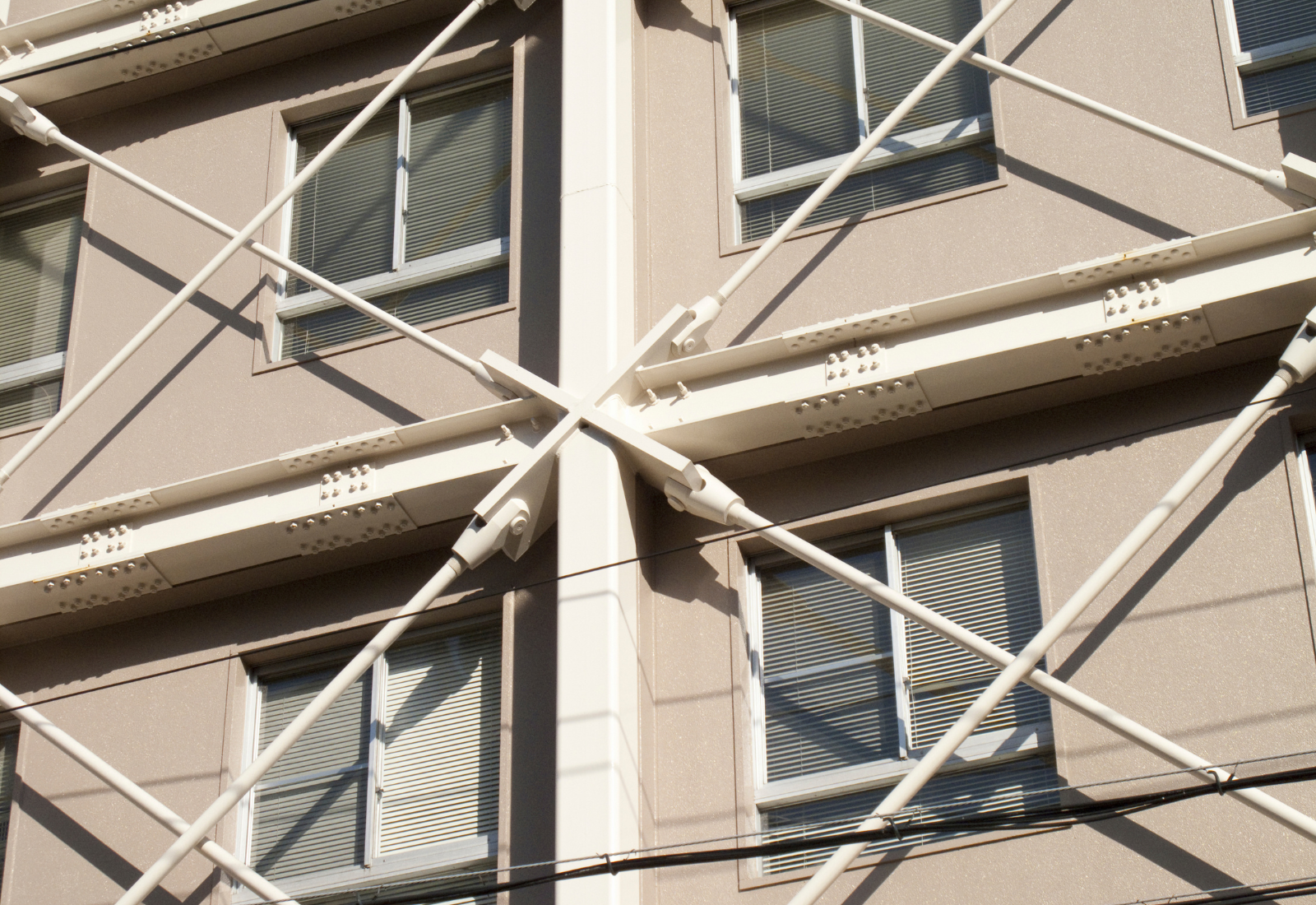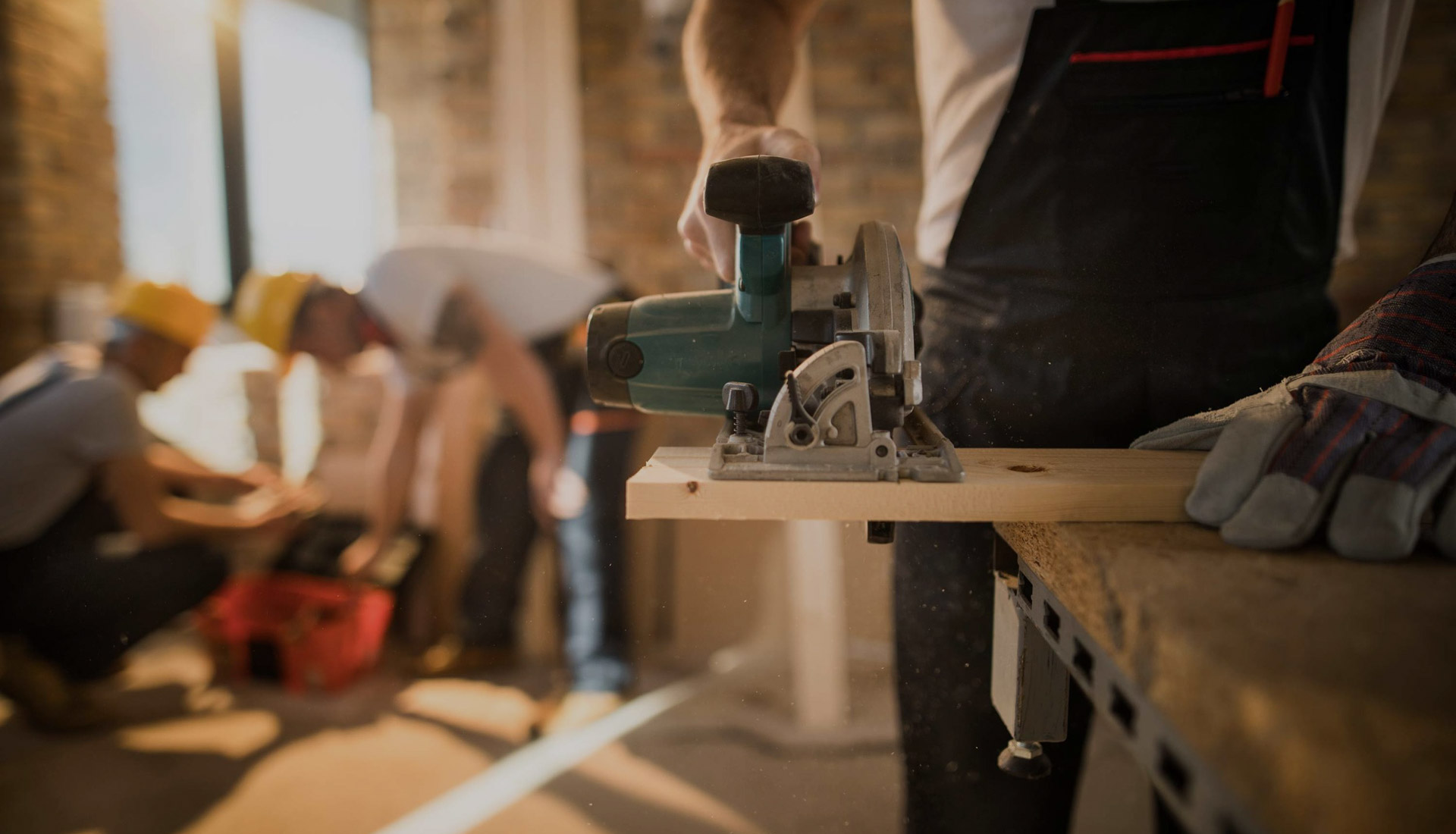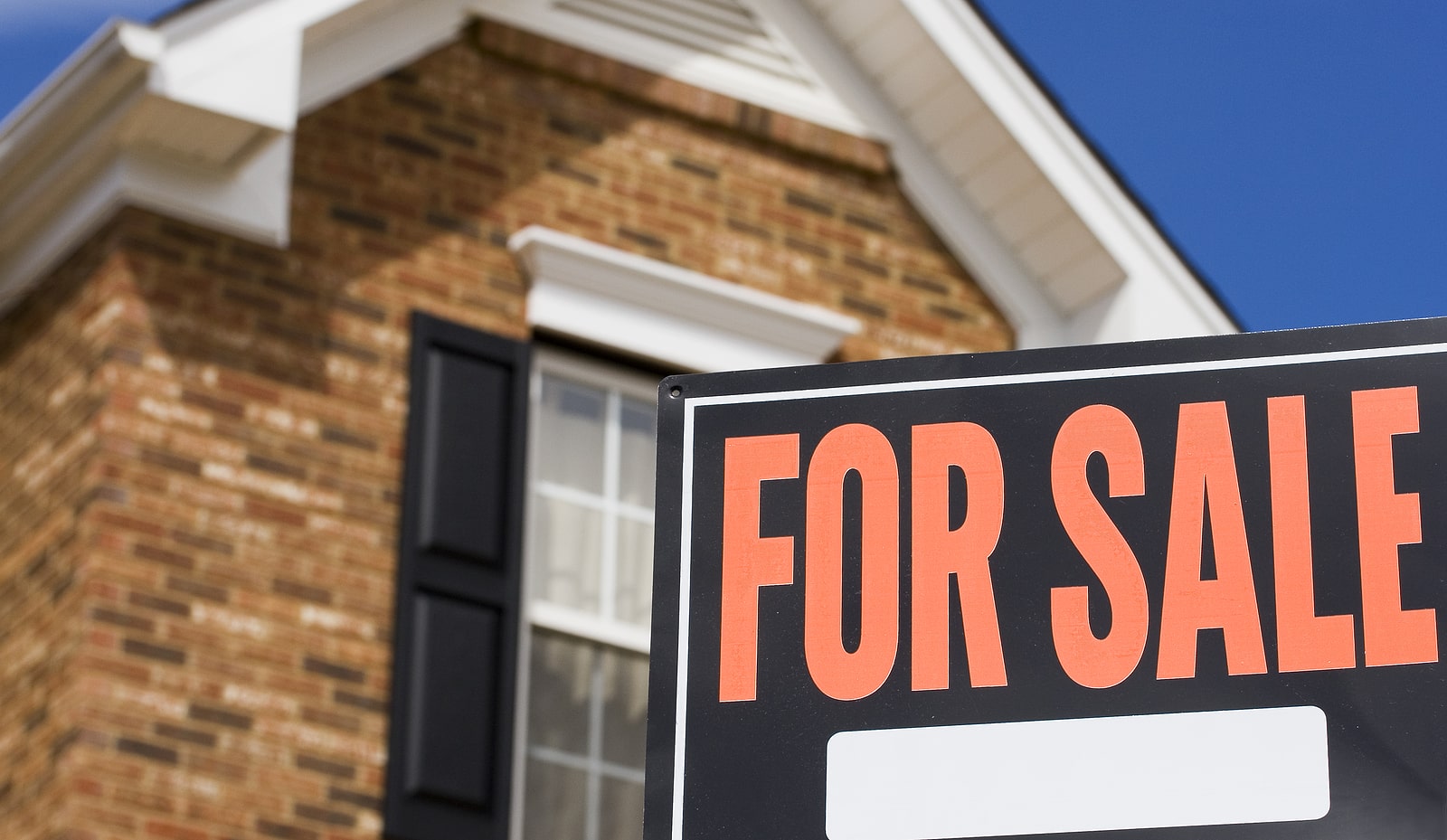
The Importance of Retrofitting Your California Soft Story Property
California, known for its stunning landscapes and vibrant cities, also carries the constant threat of earthquakes. With a significant portion of the state’s population residing in high-risk seismic zones, ensuring the safety of buildings becomes paramount. Retrofitting soft story properties stands as a crucial measure in mitigating the devastating impact of earthquakes. Read on for more.
The Seismic Landscape of California
Understanding the Risk
California boasts hundreds of identified faults, with approximately 200 considered potentially hazardous due to their slip rates. More than 70% of the state’s population resides within 30 miles of a fault, where the risk of high-intensity ground shaking looms large. Each year, the region experiences multiple earthquakes, with some causing moderate to severe damage to structures.
The Ring of Fire
The Pacific Ocean’s “Ring of Fire” serves as a hotbed for seismic activity, hosting about 90% of the world’s earthquakes. Additionally, the Alpide belt, extending from the Mediterranean through Turkey, Iran, and northern India, contributes to seismic occurrences. Annually, there are approximately 500,000 detectable earthquakes worldwide, with a fraction causing significant damage.
The Need for Soft Story Retrofitting in San Francisco
San Francisco, an iconic city known for its rich history and diverse architecture, faces substantial seismic risks. Recent revelations of thousands of concrete buildings at high risk of collapse underscore the urgency for retrofitting initiatives. The presence of soft story buildings, characterized by weaker ground floors, poses a significant threat to public safety.
What is Soft Story Retrofitting?
Soft story retrofitting involves strengthening the ground floor of a building, typically characterized by large openings such as parking garages or storefronts, to improve its ability to withstand seismic forces. Common methods employed in soft story retrofitting include:
- Adding Shear Walls: Installing reinforced walls to provide lateral support and distribute seismic forces evenly throughout the structure.
- Utilizing Specialized Bracing Systems: Employing braces or steel frames with dampers to dissipate seismic energy and reduce structural displacement.
- Upgrading Foundation Systems: Enhancing the building’s foundation through methods such as pile driving or grade beam reinforcement to improve stability during earthquakes.
- Implementing Diaphragm Strengthening: Reinforcing the floor and roof diaphragms to enhance their capacity to transfer seismic loads to the building’s lateral resisting system.
Mandatory Retrofit Programs
San Francisco and Los Angeles, two major cities in California, have implemented mandatory retrofit programs aimed at enhancing the seismic resilience of vulnerable buildings. These initiatives target wood-framed multifamily soft-story buildings, as well as unreinforced concrete and masonry structures, which are particularly susceptible to earthquake damage.
San Francisco’s Mandatory Wood Frame Retrofit Program
San Francisco’s Mandatory Wood Frame Retrofit Program mandates the retrofitting of soft-story buildings to improve their structural integrity and reduce the risk of collapse during earthquakes. Currently, more than 5,000 buildings in San Francisco are required to participate in the program, representing 75% of screened buildings.
According to recent statistics, more than 1,700 buildings have filed for or been issued permits for retrofitting, demonstrating proactive efforts by building owners to comply with the regulations. Moreover, over 700 owners have successfully completed their required retrofits, indicating progress in enhancing the seismic resilience of the city’s building stock.
Los Angeles’s Retrofit Programs
Nearby in Los Angeles, there are two types of mandatory retrofit programs aimed at addressing seismic vulnerabilities in buildings. One focuses on unreinforced concrete structures, while the other targets unreinforced masonry buildings, also known as non-ductile masonry buildings.
Dr. Monica Kohler from the Department of Mechanical and Civil Engineering at the California Institute of Technology emphasizes the importance of retrofitting these types of buildings. She explains, “Unreinforced concrete buildings… we have a lot [of] unreinforced masonry buildings or non-ductile masonry buildings… that includes buildings that are made out of brick, stone, tile or other kinds of materials where you don’t have that resisting systems to resist those sideways motion.”
The Urgency of Retrofitting San Francisco’s Concrete Buildings
In San Francisco, the vulnerability of concrete buildings to seismic hazards poses a significant threat to public safety. A recent unpublished draft list of 3,407 concrete buildings obtained by NBC News sheds light on the potential risks associated with these structures in the event of a major earthquake. Famous historic sites, low-income apartments, and even X’s headquarters are among the buildings identified as being at high risk of collapse.
David Friedman, a retired structural engineer and volunteer member of a city working group on seismic safety, emphasizes the dire consequences of inadequate retrofitting. He warns, “These buildings, when they get damaged, they can get damaged to such a degree that they lose their vertical load-bearing capacity and they collapse.” The risk of buildings collapsing in a major earthquake underscores the urgent need for retrofitting efforts to ensure the safety of occupants and passersby.
The Scope of the Issue
According to Brian Strong, Chief Resilience Officer of the City of San Francisco, there are close to 5,000 of these vulnerable concrete buildings in the city, housing approximately 114,000 people. In response to this risk, San Francisco implemented a mandatory seismic retrofit program in 2013, targeting wood-framed multifamily soft-story buildings with at least five units and three stories.
Retrofitting Progress and Remaining Challenges
Despite significant efforts to retrofit soft-story buildings, there are still properties in violation of the retrofit regulations. While 91% of the 4,941 soft-story buildings have been retrofitted according to the city’s count, 9%, or 438 buildings, remain in violation. This indicates that a substantial number of properties are yet to be made earthquake-resistant, posing a continued threat to public safety.
In Conclusion
The recent revelations of thousands of concrete buildings at high risk of collapse serve as a stark reminder of the urgent need for proactive measures to enhance structural resilience. Retrofitting programs, such as San Francisco’s Mandatory Wood Frame Retrofit Program, demonstrate significant progress in improving building safety, yet challenges remain in ensuring full compliance and addressing the remaining vulnerable properties. As we move forward, it is imperative for property owners to prioritize seismic retrofitting efforts and collaborate with trusted experts like Victor Construction & Engineering to safeguard lives, protect investments, and contribute to the resilience of our communities in the face of seismic hazards.
Top of Form
Partnering with Victor Construction & Engineering for Marin County Retrofitting
Victor Construction & Engineering offers comprehensive retrofitting solutions tailored to your property’s needs. Our team of experienced professionals specializes in soft story retrofitting, utilizing innovative techniques and quality materials to reinforce building structures.
Contact Us Today
Protect your property and loved ones by partnering with Victor Construction & Engineering for expert earthquake retrofitting services. Reach out to us today to schedule a consultation and take proactive steps towards ensuring the seismic resilience of your California soft story property.





